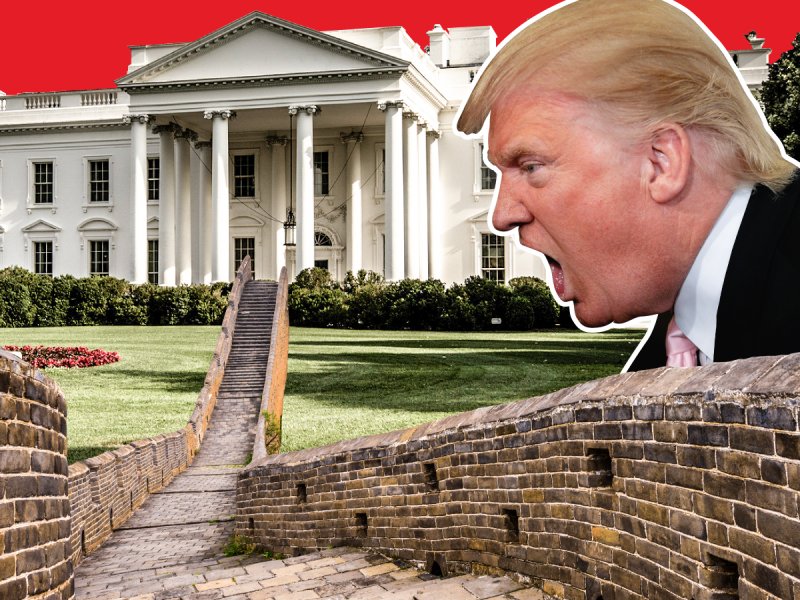 © iStock; David Becker/Getty Images; Samantha Lee/Business Insider
© iStock; David Becker/Getty Images; Samantha Lee/Business Insider- President Donald Trump requested the US Trade Representative explore the option to hit $200 billion worth of Chinese imports to the US with a 25% tariff.
- Trump originally proposed only a 10% tariff on the goods.
- The move would be a major escalation of the next planned round of tariffs.
- The tariffs could go into effect within the next few months.
President Donald Trump could be about to double down on the next phase of the trade war with China
Senior administration officials told reporters Wednesday that Trump asked the US Trade Representative to explore the possibility of imposing a 25% tariff on $200 billion worth of Chinese imports to the US. The original proposal proposed hitting the same amount of goods with a 10% tariff.
“This week, the President has directed that I consider increasing the proposed level of the additional duty from 10 percent to 25%,” US Trade Representative Robert Lighthizer said in a statement. “The 25% duty would be applied to the proposed list of products previously announced on July 10. “
The tariffs could not go into effect until September, the officials said, and no final decision had been made on whether to impose the tariffs. The public has until September 5 to comment on the proposal.
In his statement, Lighthizer said the option for higher tariffs on the Chinese goods was designed to pressure Beijing into economic reforms, such as curtailing the theft of US intellectual property by Chinese firms.
“The increase in the possible rate of the additional duty is intended to provide the Administration with additional options to encourage China to change its harmful policies and behavior and adopt policies that will lead to fairer markets and prosperity for all of our citizens,” Lighthizer said.
The tariff increase would represent another major escalation of the trade war between the US and China, which has seen roughly $74 billion worth of trade between the two countries get hit with tariffs.
The proposed increase drew criticism from industry groups like the National Retail Federation, which said the move would ultimately hurt US consumers.
“Increasing the size of the tariffs is merely increasing the harm that will be done. And it’s even more than that — it’s two-and-a-half times the amount originally proposed,” Matthew Shay, the NRF’s CEO, said in a statement. “Tariffs are an unacceptable gamble with the U.S. economy and the stakes continue to rise with no end in sight.”
This next wave of tariffs was originally announced in July, after China hit the US with countermeasures in response to Trump’s initial wave of tariffs. If tariffs on another $200 billion worth of goods proceeds, about half of all Chinese goods coming into the US would be subject to trade restrictions.
The Trump administration released a preliminary list of goods that could be subject to this wave of tariffs. The products range from agricultural products like pork and apples to consumer goods like wool hats and vacuum cleaners.
The Chinese government has warned that the country will retaliate with trade restrictions of equal measure if Trump follows through on the threat.
Read more: Trump’s trade war is getting serious — here’s why it started, what it means for the US economy, and how it could hit you
The fight over trade kicked off in March when Trump threatened to hit $50 billion worth of Chinese imports with a 25% tariff. Attempts at avoiding the tariffs fell apart in May and the countries officially imposed tariffs in early July.
Trump’s trade fights, including the battle with China, are starting to seep into the US economy based on recent data. Concerns about the trade war are popping up in various business and consumer confidence surveys, prices for goods hit by various tariffs are on the rise, and businesses are starting to feel the squeeze from the increased prices.
Here’s a timeline of the US-China trade war so far:
Fusion Media or anyone involved with Fusion Media will not accept any liability for loss or damage as a result of reliance on the information including data, quotes, charts and buy/sell signals contained within this website. Please be fully informed regarding the risks and costs associated with trading the financial markets, it is one of the riskiest investment forms possible.
Source: Investing.com


























